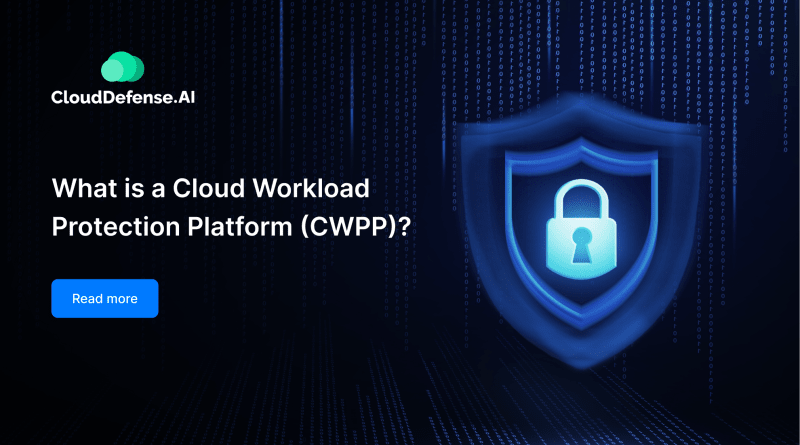In today's tech-driven landscape, the surge in cloud-based applications has prompted a critical need for robust security measures. As organizations deploy cloud workloads across diverse environments, traditional security policies fall short, exposing vulnerabilities that cybercriminals exploit. The escalating threat of ransomware attacks further underscores the necessity for comprehensive security solutions. This is where Cloud Workload Protection Platforms (CWPP) step in, offering tailored security for cloud-native applications.
Defining CWPP
CWPP is a security technology designed to continually monitor and safeguard cloud workloads and applications from potential threats. According to Gartner, CWPP protects various cloud workloads, including virtual machines, containers, serverless functions, and bare metal servers, across public, hybrid, and multi-cloud environments. Its primary goal is to provide unified protection, ensuring consistency and visibility across diverse platforms.
Understanding Cloud Workloads
Cloud workloads encompass storage, networking, memory, and other resources necessary for cloud applications to function seamlessly. They consist of components like APIs, virtual machines, computing elements, databases, containers, web servers, and more. Running at the abstraction layer, cloud workloads enable efficient utilization of cloud servers, supporting concurrent use by multiple users.
Importance of CWPP
As cloud computing becomes integral to business growth, the protection of cloud workloads is paramount. CWPP automates the identification of vulnerabilities, scans each workload layer for Common Vulnerabilities and Exposures (CVEs), and ensures secure functionality. Its significance lies in addressing challenges such as multi-cloud environments, legacy infrastructure, and security protocol inconsistencies arising from open-source code.
How CWPP Works
CWPP solutions secure server workloads by locating and assessing vulnerabilities, implementing control measures, and providing protection against common threats. Utilizing techniques like micro-segmentation and bare metal hypervisors, CWPP ensures isolation and effective security management.
Benefits of CWPP in Vulnerability Management
- Highly flexible and scalable to adapt to evolving workload environments.
- Seamless integration into DevOps practices for automated configuration.
- Tailored protection for multi-cloud and hybrid environments.
- Governance of workload behavior for effective detection and response.
- Single interface for complete visibility across multi-cloud setups.
- Cost-effective compared to on-premises security solutions.
- Effective cloud vulnerability management and compliance adherence.
Key Features of CWPP
CWPP solutions offer a range of features, including vulnerability scanning, micro-segmentation, security for Kubernetes and containers, security integration at runtime, compliance adherence, application whitelisting, cloud network security, anomaly detection, intrusion prevention, and application protection.
Strategies to Maximize CWPP Effectiveness:
- Adopt a collaborative security approach through regular cybersecurity training.
- Embrace a Zero Trust Security Model to minimize security breaches.
- Stay updated with the latest threats and vulnerabilities to strengthen security measures.
CWPP vs. CSPM
CWPP and Cloud Security Posture Management (CSPM) serve distinct purposes. While CWPP focuses on internal protection of workloads and applications, CSPM addresses threats arising from cloud security misconfigurations. Both can be used in tandem for comprehensive cloud security.
CloudDefense.AI and CWPP Solutions
CloudDefense.AI stands out as a leading vendor offering agentless CWPP solutions. Its CNAPP solution ensures complete protection for VMs, containers, Kubernetes, and applications across hybrid and multi-cloud environments. With flexible agentless scanning and agent-based protection options, CloudDefense.AI guarantees runtime defense and unified protection.
Conclusion
In conclusion, CWPP is a crucial component of cloud security, offering tailored protection for workloads and applications. As businesses increasingly adopt hybrid and multi-cloud environments, CWPP solutions become imperative for comprehensive security. This guide aims to provide a comprehensive understanding of CWPP, empowering organizations to make informed decisions in safeguarding their cloud-native applications and workloads.



Top comments (0)